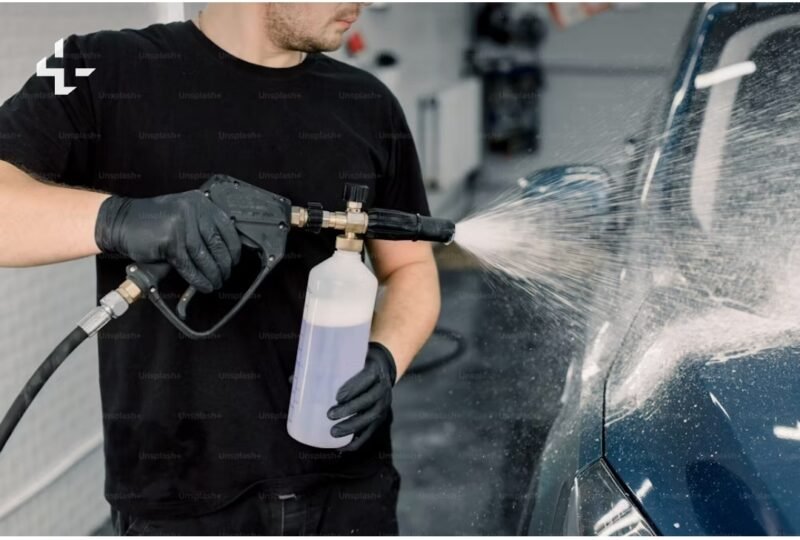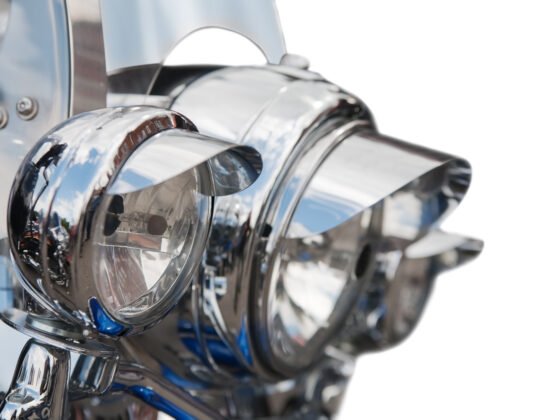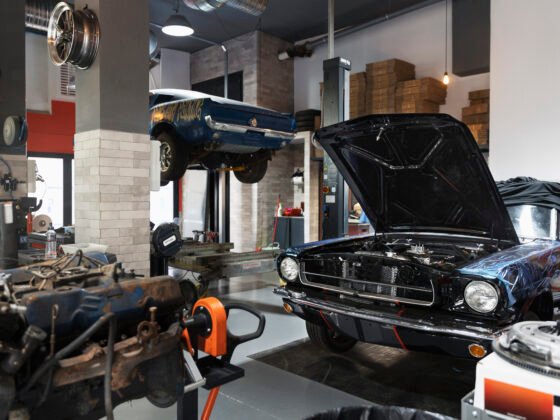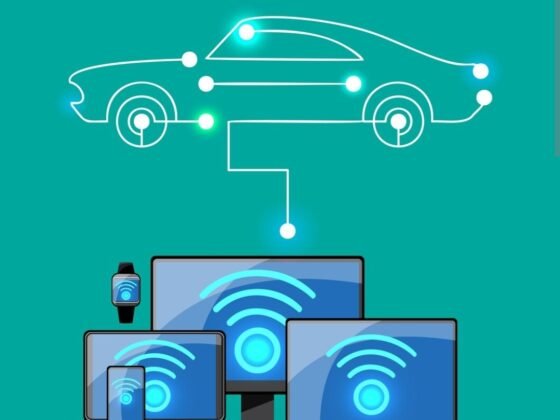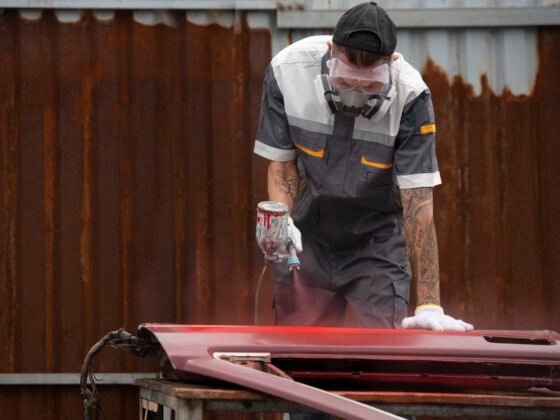Removing paint from a car may seem daunting, but with the right tools and techniques, it can be done effectively and efficiently. Whether you’re restoring an old classic or prepping a vehicle for a fresh coat, understanding automotive paint strippers is crucial. In this article, we’ll dive into the types of paint strippers, the application process, safety tips, and essential considerations for choosing the right product.
1. Understanding Automotive Paint Strippers
Automotive paint strippers are specially formulated chemicals that help dissolve the layers of paint on a car’s surface, making it easier to remove. This is essential for restoring or repainting cars, as old paint needs to be stripped away to ensure that new paint adheres properly and looks smooth. The effectiveness of a paint stripper largely depends on the type of paint used and the condition of the car’s surface.
2. Types of Automotive Paint Strippers
Several types of paint strippers are available, each with unique benefits and drawbacks. Here are the most common types:
- Solvent-Based Strippers: Solvent-based paint removers are the most powerful and are effective on heavy-duty applications. They penetrate deep layers of paint, making them ideal for older vehicles with multiple layers of paint. However, they can emit strong fumes, so they require good ventilation and appropriate safety gear.
- Caustic-Based Strippers: These strippers work by breaking down the chemical bonds of the paint, causing it to soften and lift from the surface. They’re generally slower than solvent-based strippers but are less aggressive, making them suitable for delicate metal surfaces.
- Eco-Friendly Strippers: With a growing focus on environmentally safe products, many paint strippers are now formulated with biodegradable and low-toxicity ingredients. These are less harsh on both the user and the environment but may take longer to work and may require multiple applications for thick layers.
- Abrasive Strippers: This category includes sandblasting or grinding tools that physically remove paint. These methods require specific equipment and should be used with caution to avoid damaging the car’s surface.
3. Choosing the Right Paint Stripper
Selecting the right paint stripper depends on factors like the paint’s thickness, your budget, and your experience level. Here are some essential considerations:
- Surface Compatibility: Not all paint strippers work well on all surfaces. Check the product label to confirm that it’s suitable for automotive use, as some strippers can damage certain types of metals or plastic components.
- Paint Thickness: For multiple layers of paint, opt for a high-strength solvent-based stripper. For lighter jobs or single layers, eco-friendly or caustic-based options may be sufficient.
- Time and Application: Solvent-based strippers generally work faster but may require more safety measures. Eco-friendly products might take longer to soften the paint but are easier to handle and safer.
- Safety Concerns: Look for products with fewer toxic chemicals, especially if you’ll be working in a confined space or without professional-grade ventilation.
4. How to Use Automotive Paint Strippers Safely
Using automotive paint strippers requires careful attention to safety. Here are essential steps and tips for a successful and safe paint-stripping job:
4.1 Gather Safety Gear
Before starting, ensure you have the following protective gear:
- Gloves: Use chemical-resistant gloves to protect your skin from harsh chemicals.
- Goggles: Protect your eyes from splashes, especially when working with solvent-based strippers.
- Mask or Respirator: A high-quality respirator is crucial when working with products that emit fumes.
- Protective Clothing: Wear old clothes or a disposable suit to avoid getting chemicals on your skin or clothes.
4.2 Prepare the Workspace
- Ventilation: Always work in a well-ventilated area, ideally outdoors or in a space with a robust ventilation system.
- Cover Nearby Areas: Protect surrounding surfaces, such as windows and trim, from accidental splashes by covering them with plastic or tape.
- Keep Fire Hazards Away: Many paint strippers are flammable, so avoid using them near open flames or heat sources.
4.3 Application Process
- Read Instructions: Carefully follow the manufacturer’s instructions, as each product may have specific application and drying times.
- Apply Evenly: Use a paintbrush to apply the stripper evenly over the surface. Avoid oversaturating areas, as this can lead to uneven removal.
- Wait: Allow the stripper to work for the recommended time. Most products need between 10 to 30 minutes to fully penetrate the paint.
- Scrape Off Paint: After waiting, use a plastic or metal scraper to gently lift the softened paint. Be cautious not to scratch the surface.
- Rinse and Clean: After stripping, rinse the area with water or a neutralizing agent, as recommended. This removes residue and prepares the surface for the next step in restoration.
5. Removing Paint Safely and Effectively
If you’re dealing with thicker paint layers or stubborn spots, you may need multiple applications. Patience is key, as rushing can lead to damage on the vehicle’s surface. If any paint remains after scraping, consider using finer sandpaper to smooth out the residue.
6. Environmental and Disposal Considerations
Disposing of paint strippers and removed paint requires responsible action:
- Check Local Regulations: Many areas have specific disposal guidelines for chemicals. Follow local regulations to ensure safe disposal.
- Use Eco-Friendly Products When Possible: If concerned about environmental impact, opt for biodegradable or water-based strippers, which are easier to dispose of.
7. Final Steps: Preparing for Repainting
Once all paint is removed, ensure the surface is completely dry and clean before applying any primer or paint. Any leftover residue can affect the new paint’s adhesion and longevity.
Conclusion
Automotive paint stripping is a detailed process that requires the right tools, products, and safety precautions. Whether you’re a DIY enthusiast or a professional, understanding the different types of paint strippers and their applications can make a big difference in achieving a smooth, clean surface ready for repainting. By choosing the correct product for your needs, preparing the workspace carefully, and following safety guidelines, you can ensure the best results while protecting both yourself and your environment.
ChatGPT can make mistakes. Check import
